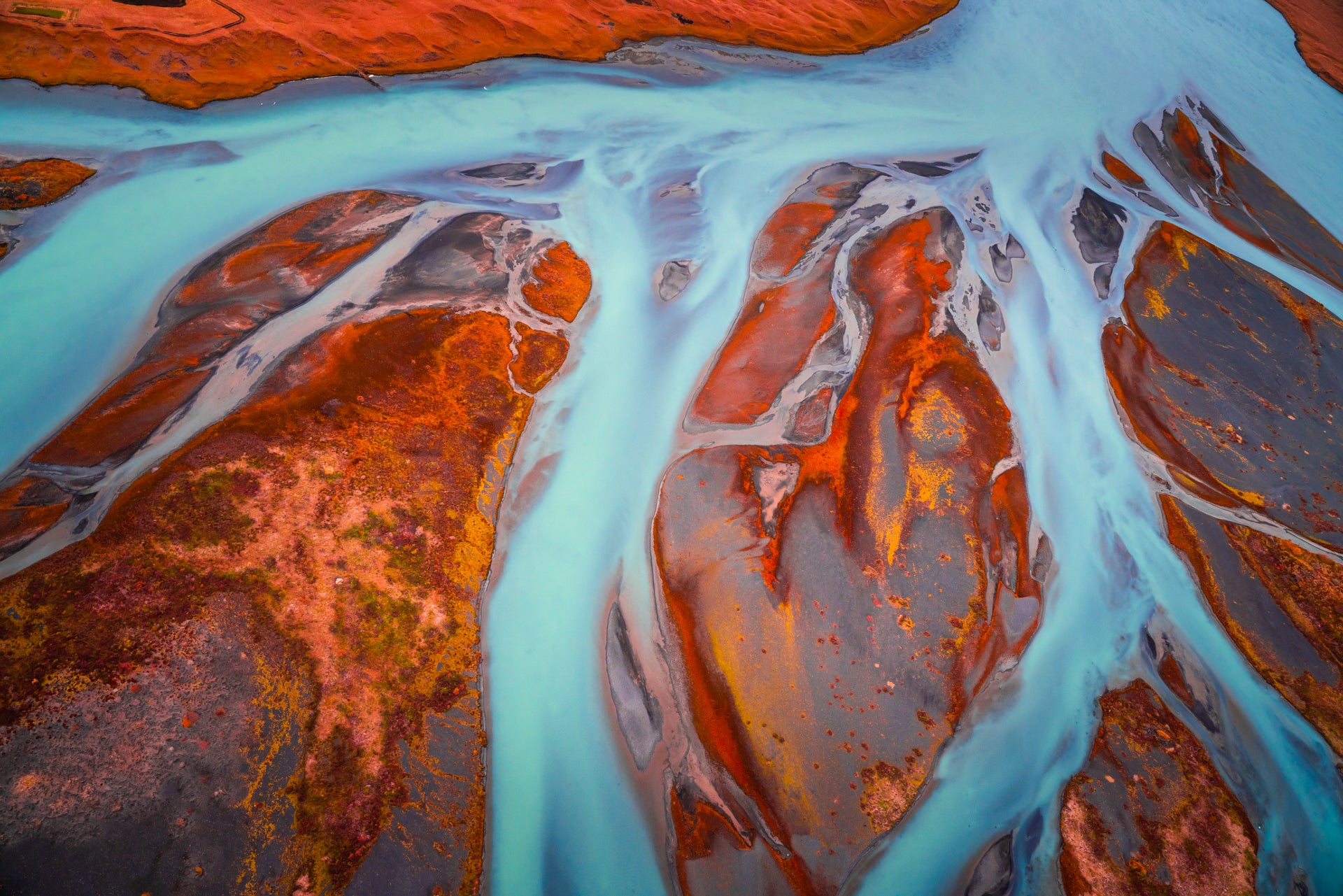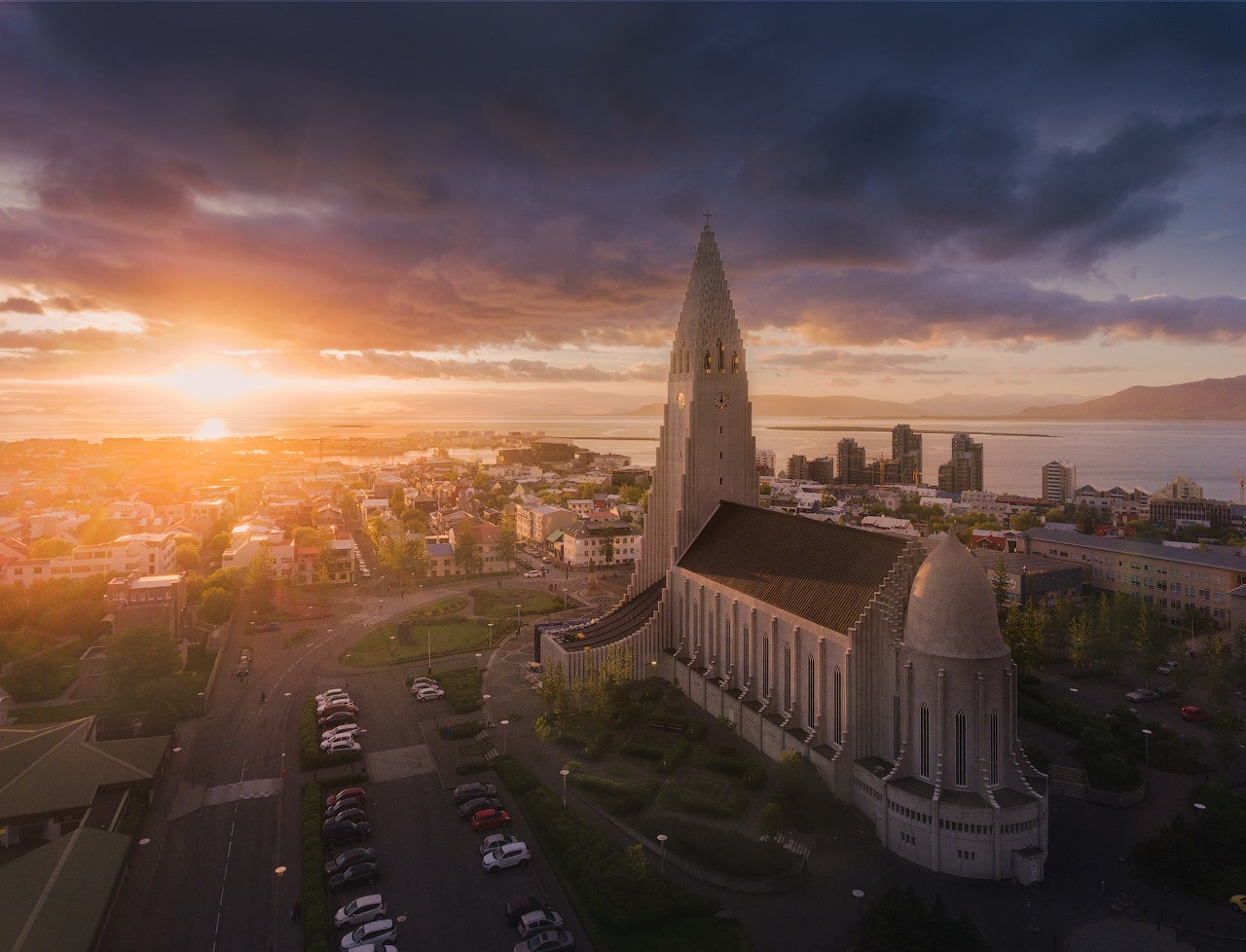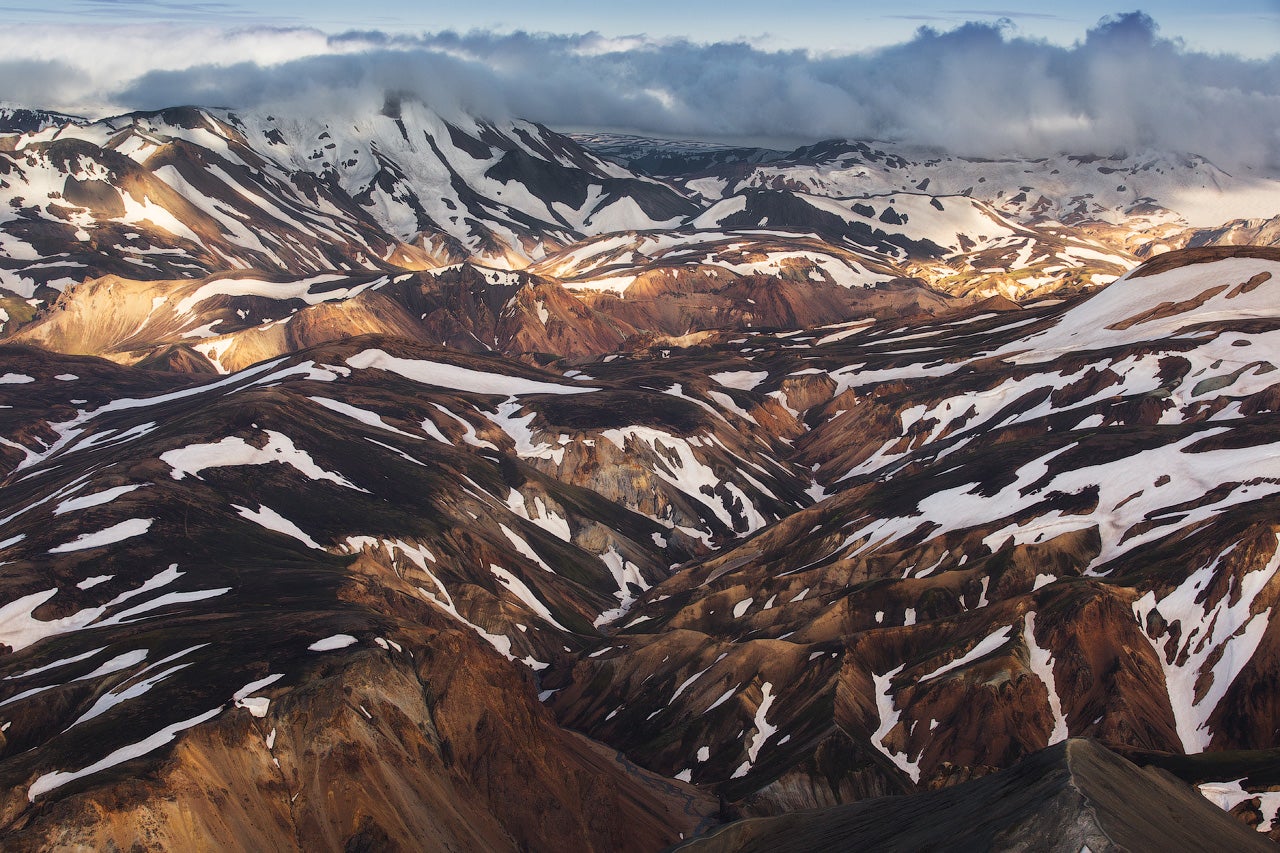
Welcome to our ultimate pilot tips guide to drone vacations. In this guide, we’re going to cover everything you need to know to have a great drone vacation, whether you are travelling for the sole purpose of aerial photography or just doing some filming on the side.
We’ll start off with some quick tips and travel dos and don’ts, before moving on to how you can become a better pilot and make the most out of your drone photography adventure.
- Check out this Ultimate Guide to Instagram for Landscape Photographers
- Explore these articles on Aerial and Drone Photography
- Discover this Namibia Wildlife Photography Tour
5 Things to Avoid When Taking Your Drone on Vacation
Off the shelf drones from manufacturers like DJI and Parrot are super easy to fly these days. This has opened the aerial photography door to newcomers and photography enthusiasts.
But just because drone technology is now accessible and simple to grasp, it doesn’t mean that the element of human error is out of the picture. Here are five mistakes to avoid while travelling with your drone.
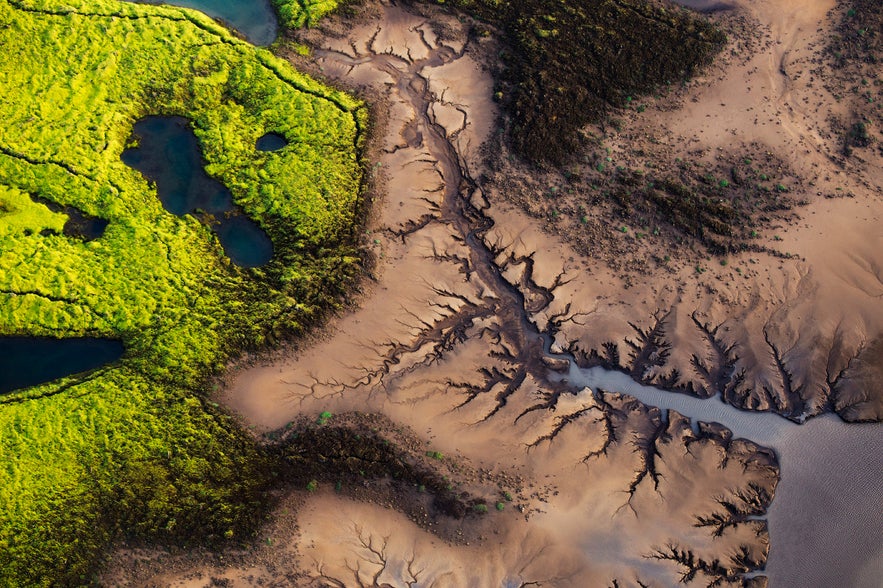 Try to avoid these mistakes when travelling with your drone. Photo by: 'Iurie Belegurschi'.
Try to avoid these mistakes when travelling with your drone. Photo by: 'Iurie Belegurschi'.
Breaking the Rules
Pretty much every country in the world now has rules in place governing how and where you are allowed to fly your drone. It’s no longer the wild west.
As regulations evolve, it’s likely that you will need some form of license from your country’s aviation authority, which will hopefully be transferable to the country you are visiting. If that’s not possible, you may need to apply for a special drone permit.
This will almost certainly be the case if you want to fly in national parks and many other popular tourist destinations, so check before you fly.
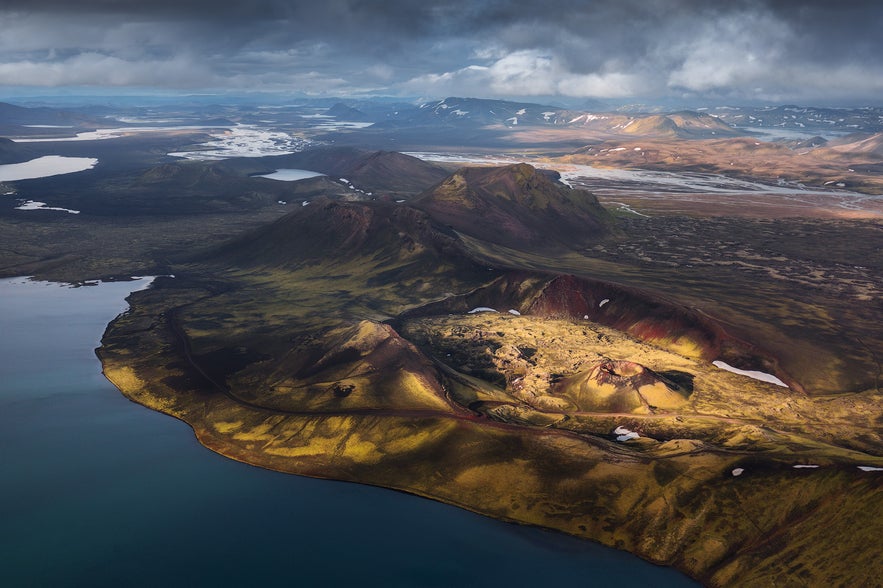 It's easy to get into trouble when you break the rules. Photo by: 'Iurie Belegurschi'.
It's easy to get into trouble when you break the rules. Photo by: 'Iurie Belegurschi'.
The last thing you want on your travels is to get in trouble with the local authorities for illegally flying your drone. If you break the law you could be fined, face jail time and/or have your equipment confiscated.
Your best bet? Check with the local aviation authority and read up on the rules and regulations of your destination before your trip.
Annoying the Locals and Wildlife
A solid rule to always have in mind when flying your drone abroad is just because you can, doesn’t mean you should.
It’s always a good idea to avoid flying near people and wildlife, particularly if they are locals trying to go about their business or endangered species!
Drones can be intimidating, annoying and disruptive to people and wildlife. So do your best to be respectful and don’t take needless risks. Flying over people and animals is never recommended, and you could end up in trouble with local authorities for doing so.
But there’s good news! Because drones are now so easy to use and capable, there is always a way to capture scenes from an angle that doesn’t put anyone or thing at risk.
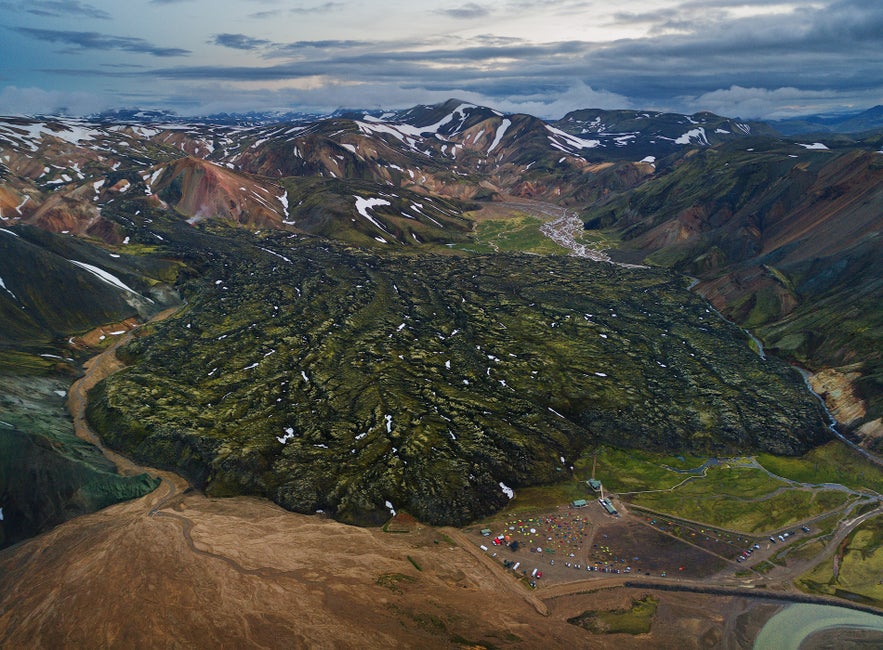 Don't put people or animals at risk when flying your drone. Photo by: 'Iurie Belegurschi'.
Don't put people or animals at risk when flying your drone. Photo by: 'Iurie Belegurschi'.
Not Packing Properly
For aerial photographers, a drone and all the gear you need alongside it add up to a pretty big investment. Plus, there’s nothing worse than planning an entire trip around aerial photography only to realise once you land at the airport that your gear was damaged during the flight.
Whether you’re flying to another country or heading out on a road trip, you need to make sure all of your valuable and sensitive gear is packed up as securely as possible.
Consider buying a hard case for long term storage and air travel. You should also consider a separate backpack for when you’re on the go. There are plenty designed to carry drones and drone accessories specifically. Your drone’s manufacturer will also sell backpacks designed to fit the dimensions of your aircraft.
These extra travel cases can be expensive, but they are worth every penny for keeping your drone safe during transport.
Flying in Urban Areas
The vast majority of countries have regulations that restrict drone flights in urban areas. That’s because in cities there’s a lot more that can go wrong. Buildings, crowds, pedestrians, moving vehicles - a moment of lapsed concentration can lead to disaster.
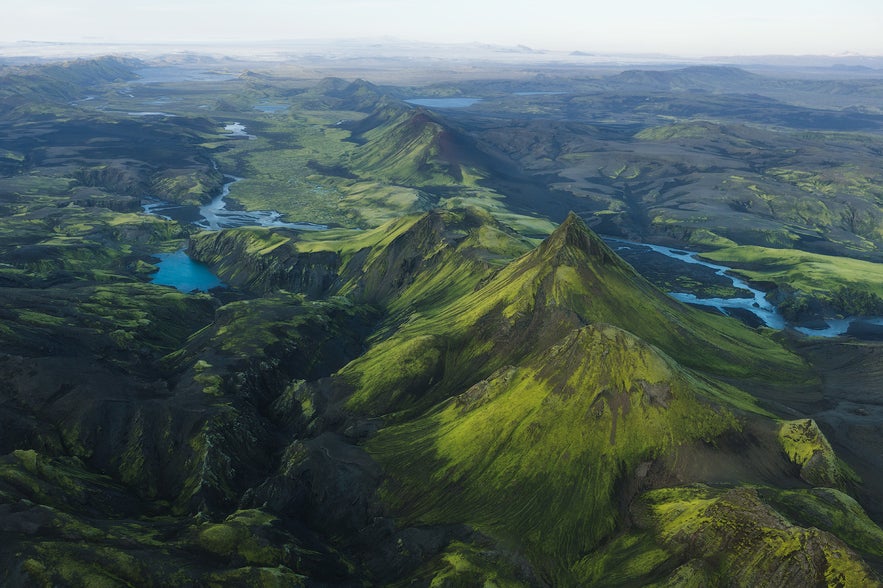 Try to avoid flying in urban areas. Photo by: 'Iurie Belegurschi'.
Try to avoid flying in urban areas. Photo by: 'Iurie Belegurschi'.
It’s best to keep your drone photography for rural landscapes, where you can best capture scale, natural features and shift in light. If you are going to shoot in urban areas, make sure you do so in conjunction with local regulations.
Forgetting Insurance
Even if you are a skilled pilot, accidents can happen.
So it’s always a good idea to make sure your gear and liabilities are covered with travel insurance or specific insurance from a drone-related provider.
When you’re capturing footage from above, gravity can suddenly be a very dangerous thing. All it takes is a power failure or misjudgement and your expensive gear will be plummeting towards the ground.
Fly carefully to reduce the risk of a crash, but always have insurance coverage to lean on just in case.
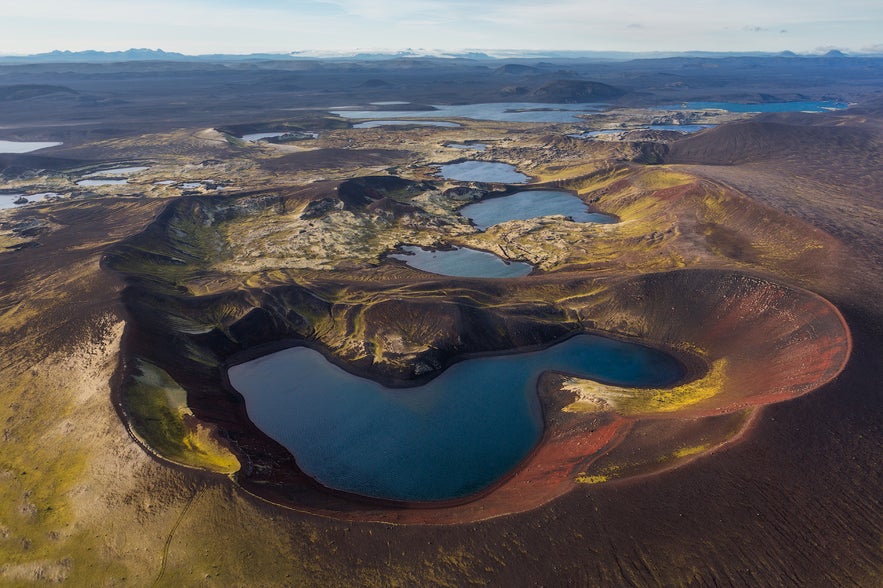 It's important to insure your drone. Photo by: 'Iurie Belegurschi'.
It's important to insure your drone. Photo by: 'Iurie Belegurschi'.
- See also: Should I Take My Drone to Iceland?
Bonus tip: Finding the right balance between plans and spontaneity
Travelling with a drone is a thrilling and liberating experience, but it’s one you have to manage carefully.
Depending on your destination, you should aim to find the right balance between planned stops at sights you know about and spontaneous flights at places you didn’t even know existed.
Iceland is a great example of this. All over the country are amazing sights that tourists flock to, but there’s probably a greater number of inspiring scenes and landscapes that you will stumble across by accident. Leave some room for the unexpected in your itinerary.
Pre-Flight: 5 Things to Do Before Your Drone Takes Off
Photography expeditions and scenic vacations are all about spontaneity. You never know what’s around the corner, just that you need to be ready to capture it at a moment’s notice.
But it’s not always that simple with a drone. No matter where you are in the world or what you are planning to shoot, there are five important steps to take into consideration before your drone takes off.
Some can be done in advance, others have to be done on the day when you’ve had time to assess the situation. But they all need to be taken into account before you start capturing a scene from above.
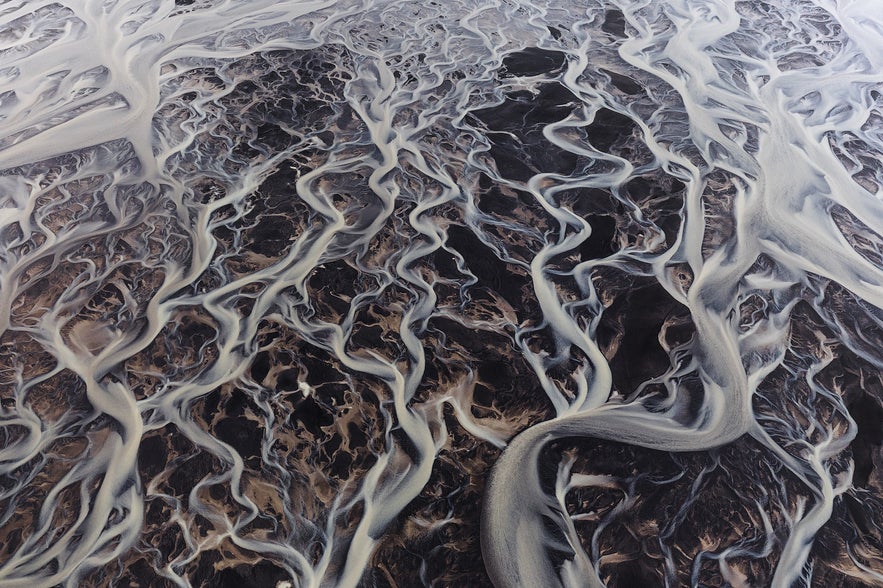 5 things to do before your drone takes off. Photo by: 'Iurie Belegurschi'.
5 things to do before your drone takes off. Photo by: 'Iurie Belegurschi'.
Updates
Ah, the dreaded updates! If your phone or computer has ever been rendered out of action while you wait for updates to download and install, you’ll know that agonising feeling.
But trust us, it’s even worse when your drone is grounded because you haven’t gone through the latest firmware and software updates. Manufacturers release these patches on a regular basis to fix bugs, install new flight modes and generally make sure your drone doesn’t fall out of the sky. So obviously it’s in your interest to ensure they are sorted before you fly.
In some cases, your drone will not be able to take off until the updates have completed. You can imagine how frustrating that can be when you’re at a perfect location for aerial photography.
So our first tip is a simple one: switch on your drone and download and install all of those updates the night before you set out on your adventure. It can take a long time and will depend on your internet connection. It will also drain your battery. All the more reason to get organised and plan ahead.
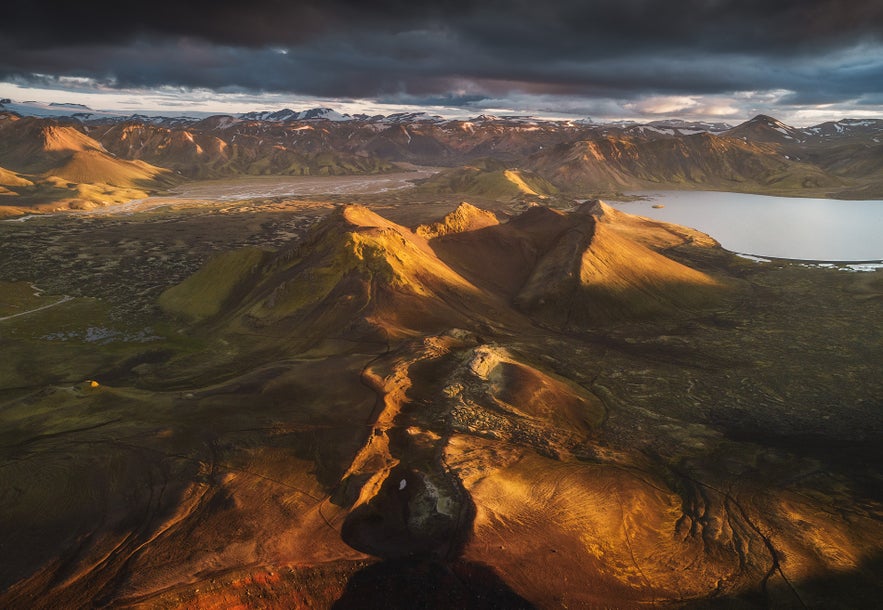 Don't forget to update! Photo by: 'Iurie Belegurschi'.
Don't forget to update! Photo by: 'Iurie Belegurschi'.
Flight Plan
Whether you’re on a road trip or travelling as part of a photo tour, it’s likely that you will have limited time to capture each location you stop at from above.
Which means you need to plan your flights and have routes and ideas ready ahead of time. This isn’t always possible of course: you might stumble upon a location and head straight up to see what angles you can create. But even during those few moments while you unpack your gear, you should be considering where you are going to go and how you are going to make the most of the scene in front of you.
Planning your flights before you take off is a must if you want to preserve valuable battery life and make the most of every second in the air. It’s particularly important if the weather is closing in and you need to capture photos and videos quickly.
So think about what your points of interest are, how the light is going to feature in your shots and which paths will best show off the location. Then, if your drone allows it, make the most of the autonomous flight modes you have available by selecting a point of interest to orbit or a flight path to execute.
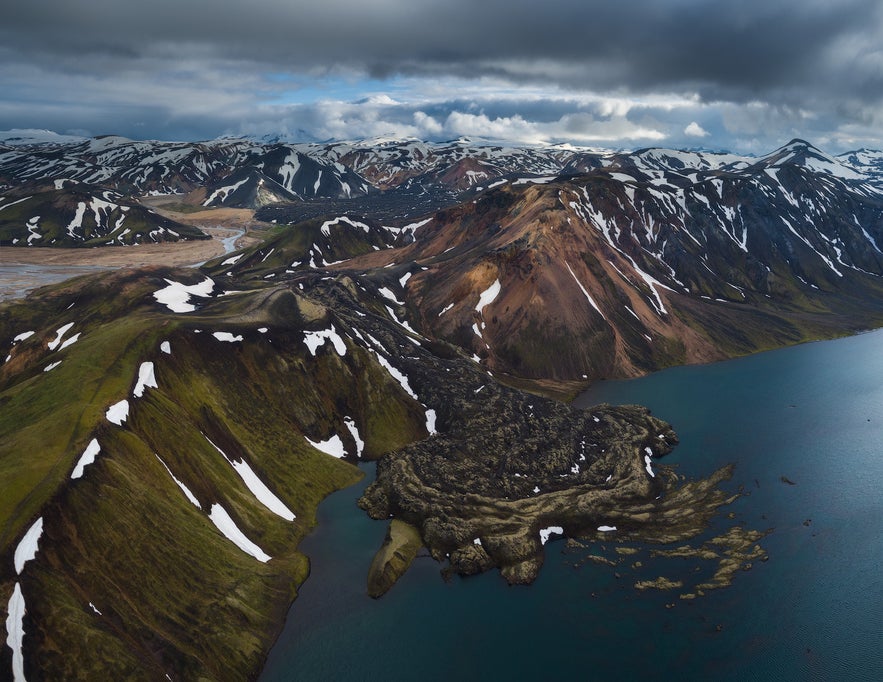 Make sure you have a flight plan. Photo by: 'Iurie Belegurschi'.
Make sure you have a flight plan. Photo by: 'Iurie Belegurschi'.
Camera Settings
Just as you would with a DSLR on the ground, it’s important to adjust your camera settings to suit the conditions before you take off.
To save yourself too much unnecessary editing in post, take stock of your surroundings and tweak your settings accordingly.
It’s also vital to bear in mind that your drone will have a number of preset shooting options covering both still images and videos. Some are designed to produce footage that’s ready to go. Others, like DJI’s D-log, are designed to be foundations upon which you can easily edit and colour correct.
As well as saving time, sorting out your camera settings prior to flights will save precious seconds of battery life. If you wait until you’re up in the sky, you will waste several minutes of flight time while you adjust your settings from the ground.
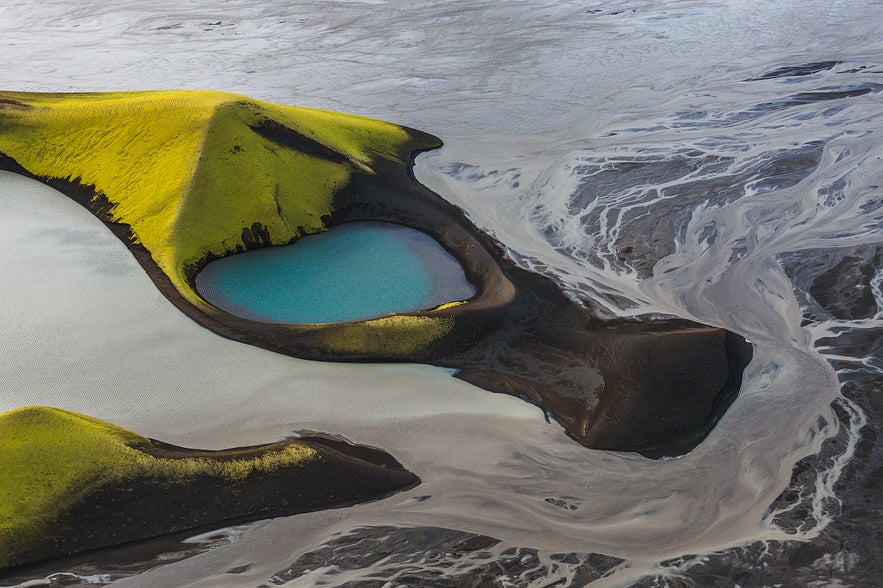 Check your camera settings. Photo by: 'Iurie Belegurschi'.
Check your camera settings. Photo by: 'Iurie Belegurschi'.
Make sure you’re allowed to fly
Many pilots aren’t aware that rules and regulations exist in almost every country regarding drone flights. These usually cover limits on speed and altitude, as well as locations, proximity to airports and more.
It’s vital that you check the rules of your location with the relevant aviation authority. The last thing you want is to get into trouble, pay a heavy fine or have your drone confiscated because you’re flying where you shouldn’t be.
As well as going a quick Google search for the drone regulations in your chosen destination, there are a bunch of apps that help prevent you from breaking the rules. These include Airmap and B4YFLY if you’re in the United States. Luckily, DJI also has software baked in to make sure you don’t fly where you’re not allowed.
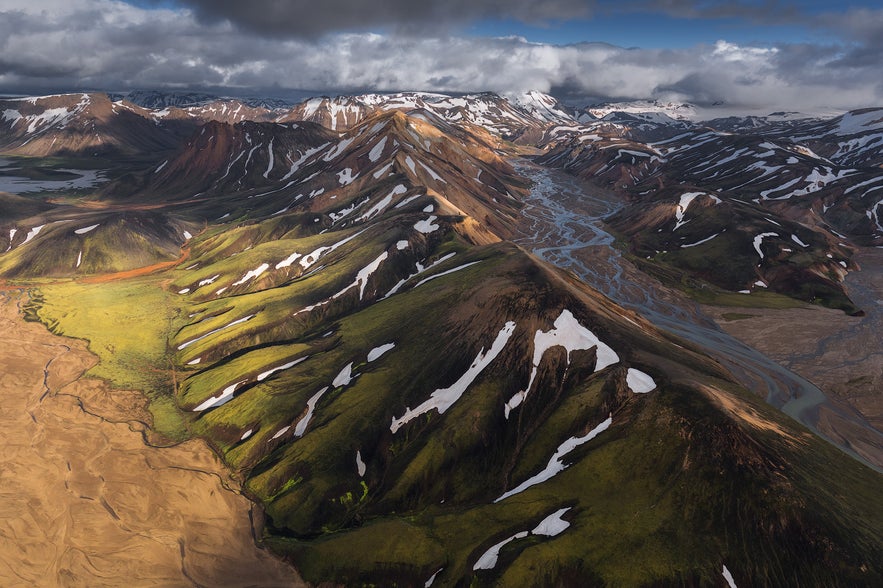 Make sure you're allowed to fly. Photo by: 'Iurie Belegurschi'.
Make sure you're allowed to fly. Photo by: 'Iurie Belegurschi'.
Prepare your accessories
As with all of the pre-flight tips on this list, the key is to prepare every element of your drone flight properly.
That goes for your accessories, too - not just your drone and your flight plan. Before you take off you should think about which accessories you’re going to need close to hand.
Are you flying near trees or indoors: do you need propeller covers? Do the light conditions suggest you should use some ND Filters? Have you got spare batteries ready and charged?
Just as with any other photography trip, it’s also a good idea to think about what you (the pilot) need to be as comfortable as possible while flying. Have you got a thin but warm pair of gloves to stop your fingers freezing? Is the monitor or device you’re using bright enough to operate in case it’s sunny? Could you attach any lights to your drone to add a different creative element to your shots?
We hope you find these tips before take-off useful. Let us know if there’s anything we missed!
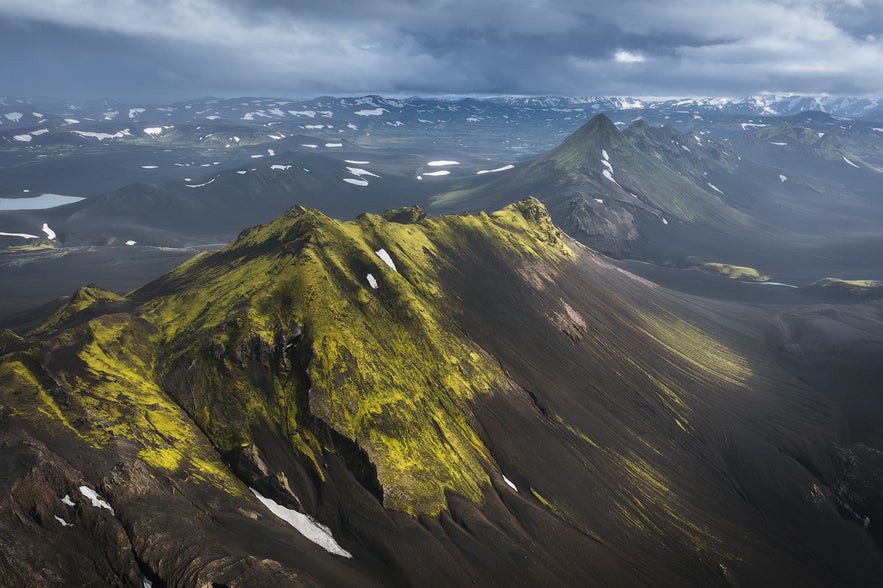 Prepare your accessories before you fly your drone. Photo by: 'Iurie Belegurschi'.
Prepare your accessories before you fly your drone. Photo by: 'Iurie Belegurschi'.
The Best Apps to Use with Your Drone on Vacation
There are three different elements to getting great drone footage: pre-flight planning and setup, the flight itself and finally your post-production.
To an extent, the way you handle the first two stages can be improved by apps. You’d be surprised how dynamic the drone app ecosystem has become, as pilots all over the world look for ways to take their footage to the next level.
Here is a selection of our favourite drone apps. Why not download them, add them to your photography toolkit and see what they can help you achieve?
PolarPro
The PolarPro app is primarily designed to be used with the company’s ND filters, which can be flown with a range of the most popular drones on the market.
It’s designed to help you choose the best possible camera settings before you take off. Essentially it shows pilots the correct filter for setting shutter speed as close to double the frame rate as possible. The latest update also features live wind and weather forecasts, KP index and programmable alerts you can set for golden hour.
Although the app has been designed for drone pilots, it can also be used for photography on the ground. The tool works with other camera and filter combinations too. And is available for free on both Apple and Android devices.
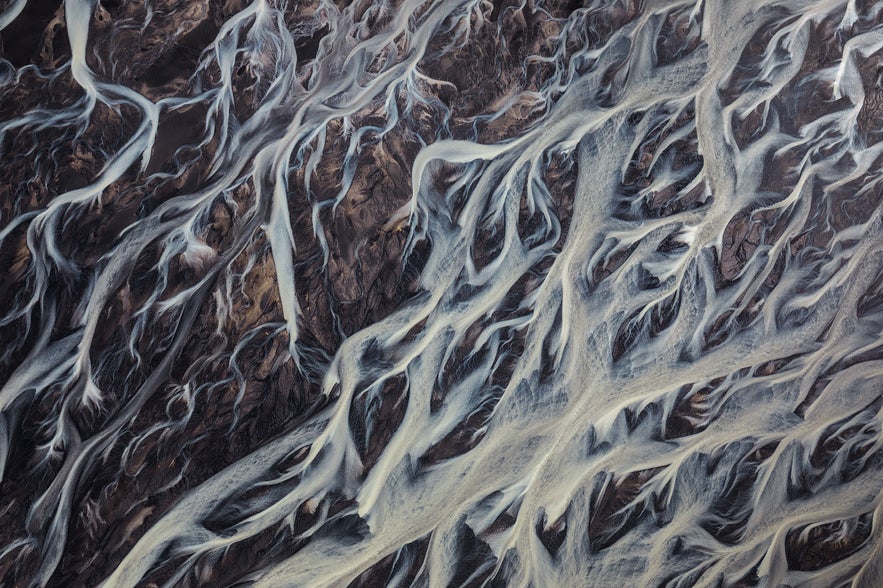 Braided river system from above. Photo by: 'Iurie Belegurschi'.
Braided river system from above. Photo by: 'Iurie Belegurschi'.
Sun Surveyor & PhotoPills
Preparation is everything when it comes to drone photography. A big part of that is knowing what the light conditions will be like at your chosen spot and having the ability to plan your flights around them.
There are two great apps for getting familiar with the sun, moon and shadows no matter what the time of day: Sun Surveyor and PhotoPills.
PhotoPills is basically your personal assistant for all photographic matters. The app includes tools to plan specific shots at different locations, a bunch of customisable widgets to provide all the data you need, up to date information on light conditions and much more.
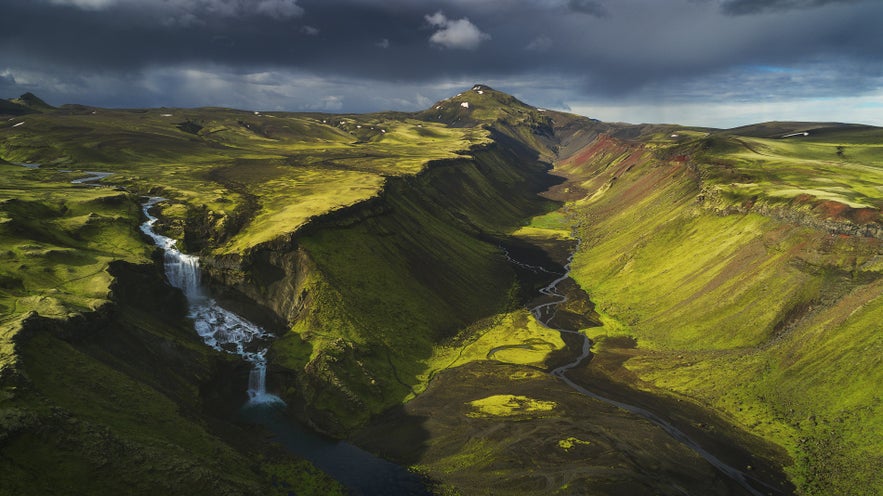 Check where the sun will be before you fly. Photo by: 'Iurie Belegurschi'.
Check where the sun will be before you fly. Photo by: 'Iurie Belegurschi'.
SunSurveyor has a range of prediction and visualisation tools in an easy to use interface. With Interactive Map, you can go through sun and moon overlays, distance and elevation calculations and shadows.
With Street View, you can explore and plan near and far with 360° interactive panoramas. With 3D Compass you can instantly get your bearings and better apply all of that other information. And with Photo Opportunities you can get social and inspired, with dates and times of upcoming photogenic events at your fingertips.
Both apps feature augmented reality tools to help you visualise the sun’s path and how it will impact your drone shots.
Airmap
The Airmap app is all about staying safe as you fly. It gives you access to real-time information about the airspace rules and flight conditions in your chosen location.
This is ideal for when you’re flying in a new country, as you can quickly log on to make sure your flight won’t be breaching local rules. The app includes up to date rules for 20 countries, including the UK, Canada, Germany, Japan, New Zealand and the United States.
Airmap also has a tool that allows you to plan a flight path that factors in specific details about duration, altitude and airspace requirements.
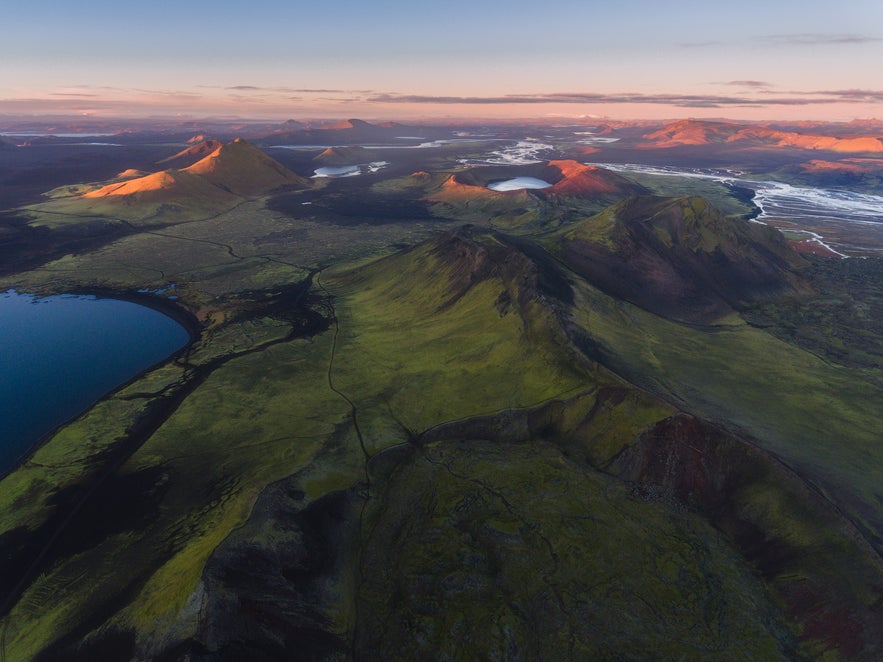 Know your altitude. Photo by: 'Iurie Belegurschi'.
Know your altitude. Photo by: 'Iurie Belegurschi'.
DJI Go
Chinese manufacturer DJI dominates the drone hardware market for good reason: You can’t really go wrong with a DJI drone.
That means you’ll most likely be using a version of the DJI Go application to fly from your smartphone.
Getting familiar with all the different elements of DJI Go is crucial. Flight modes, camera settings, flight plans and more can all be tailored from here, so it’s worth exploring the menus and learning how to navigate quickly through all the different options.
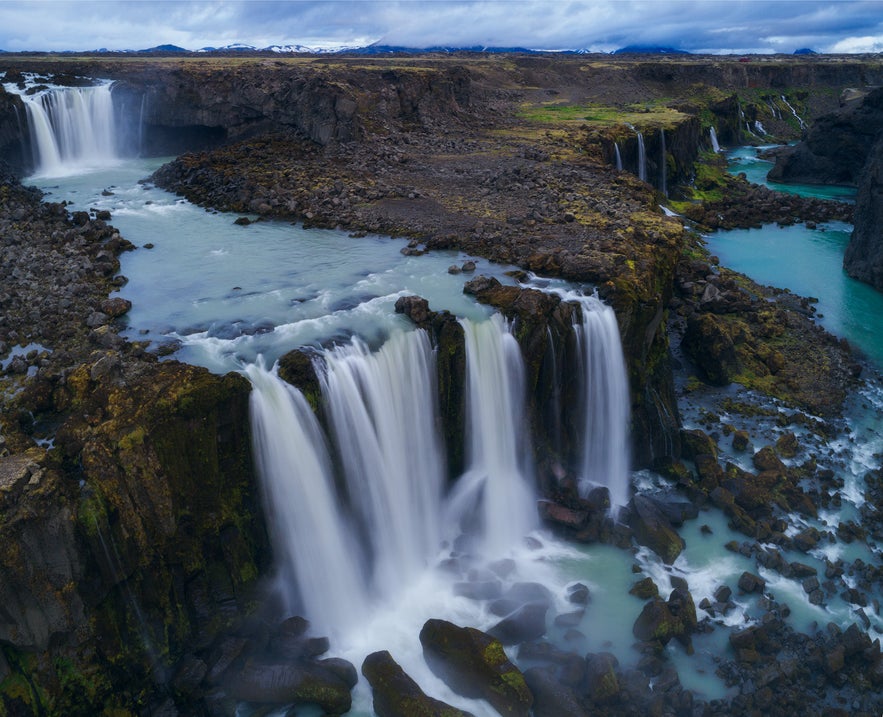 You'll have to be on your toes when navigating near a waterfall. Photo by: 'Iurie Belegurschi'.
You'll have to be on your toes when navigating near a waterfall. Photo by: 'Iurie Belegurschi'.
UAV Forecast & Windy
Keeping an eye on the weather conditions is really important for flight planning and making the most of your time in the air. The higher the winds, the harder it’s going to be to get steady shots and the faster your batteries will drain.
There are two great apps to get weather forecasts, live details and wind information before you set off on your adventure: UAV Forecast and Windy.
Windy is super detailed and provides current weather information for your chosen spot. Have a place in mind that you want to visit with your drone? You can set up a list of your favourite destinations and create email alerts for upcoming weather conditions.
Once it knows your location, UAV Forecast offers a bunch of relevant information for drone pilots and aerial cinematographers: cloud cover, visibility, the % chance of rain, wind speed and temperature.
The app even suggests a yes or no verdict about whether it is safe to fly in your chosen location.
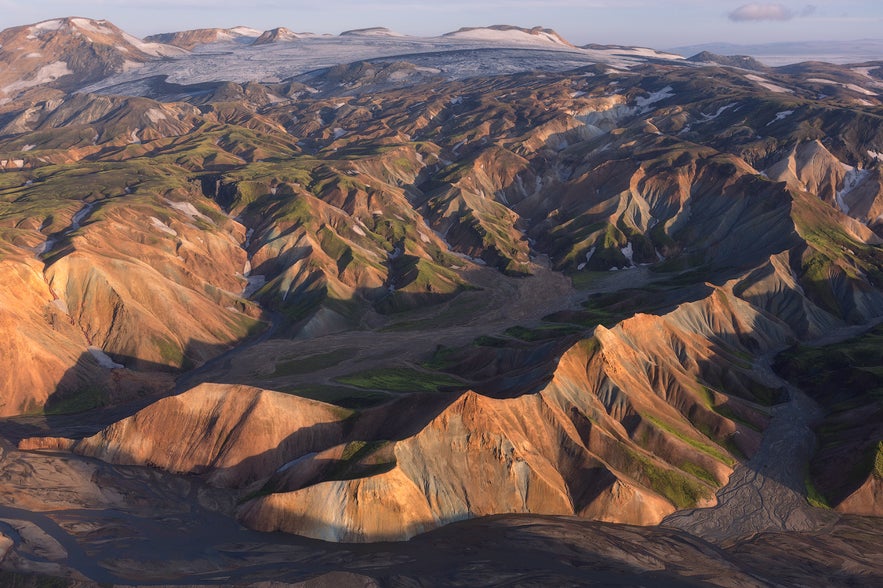 Check whether it's safe to fly. Photo by: 'Iurie Belegurschi'.
Check whether it's safe to fly. Photo by: 'Iurie Belegurschi'.
- See also: Landmannalaugar Photography Day Tour
Tesla Magnetic Field Recorder
If you’ve flown your drone nearby large structures, phone lines and other locations with dense metals around, you may have noticed some weirdness creep into your controls and the magnetic fields mess with your drone’s calibration.
Tesla Magnetic Field Recorder is a handy app you can use to detect nearby magnetic activity and stop short of taking off until you know the source of the issue.
Flying in these areas can quickly lead to an accident, so being able to search nearby at the touch of a button is a great way to get peace of mind, fast.
On top of detecting magnetic fields, you can record ones you find and share them with your fellow pilots to make sure they don’t run into trouble.
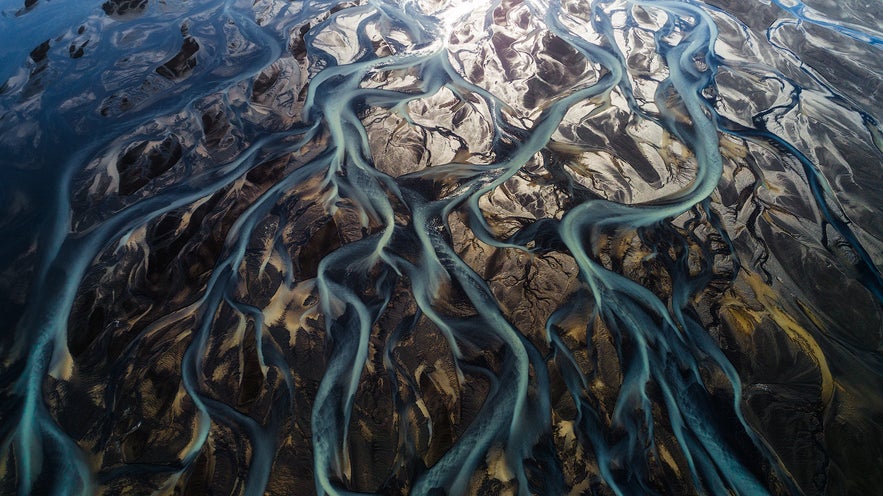 Check magnetic fields before you fly. Photo by: 'Iurie Belegurschi'.
Check magnetic fields before you fly. Photo by: 'Iurie Belegurschi'.
Google Maps
It might be pretty obvious, but Google Maps is a great way to scout out locations ahead of a visit to a new place.
You can use street view, aerial views and topographical maps to see the contours of the land and determine scenic flight paths. And, once your Google account is connected to the app, you can save locations for later.
Google Maps is also useful for finding spots to park and/or take off from, which isn’t always easy in remote locations!
Those are a few of our favourite drone apps for flight planning and making the most of your time in the sky. We’ll look into post-processing tools in a later article.
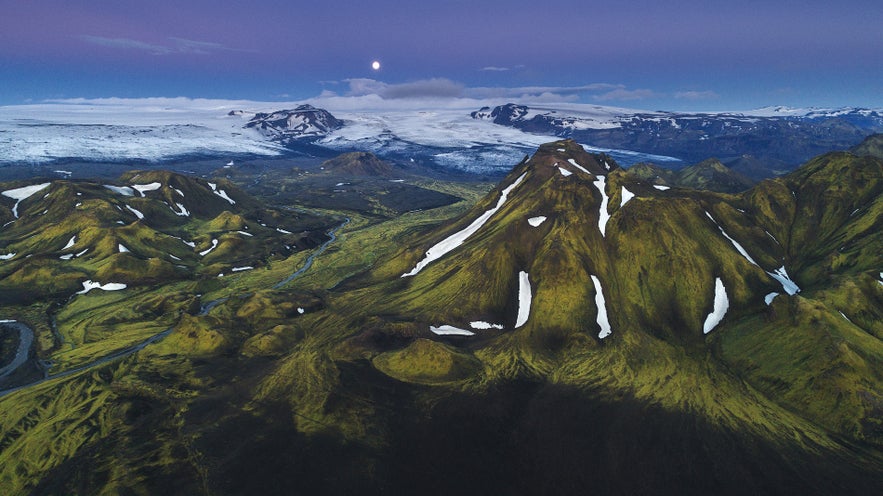 Google Maps is great for finding locations to take off from. Photo by: 'Iurie Belegurschi'.
Google Maps is great for finding locations to take off from. Photo by: 'Iurie Belegurschi'.
- See also: Which Drone Should You Take to Iceland?
How to Become a Better Drone Pilot
There are three elements that make a great drone pilot and an accomplished aerial photographer.
The first is your comfort and ability behind the controls. The second is your natural creativity and eye for a great shot. Last but not least are the results: the photos and footage you are able to capture from above.
Ultimately, those results are how you will judge your efforts.
But the process of getting them is important as well. The more efficient and skilled you are as a pilot, the faster you can capture scenes and the more quality content you will produce.
Whether you’re flying for fun or for a client, being able to work faster and better are traits well worth developing.
Here are a few simple ways to improve as a drone pilot.
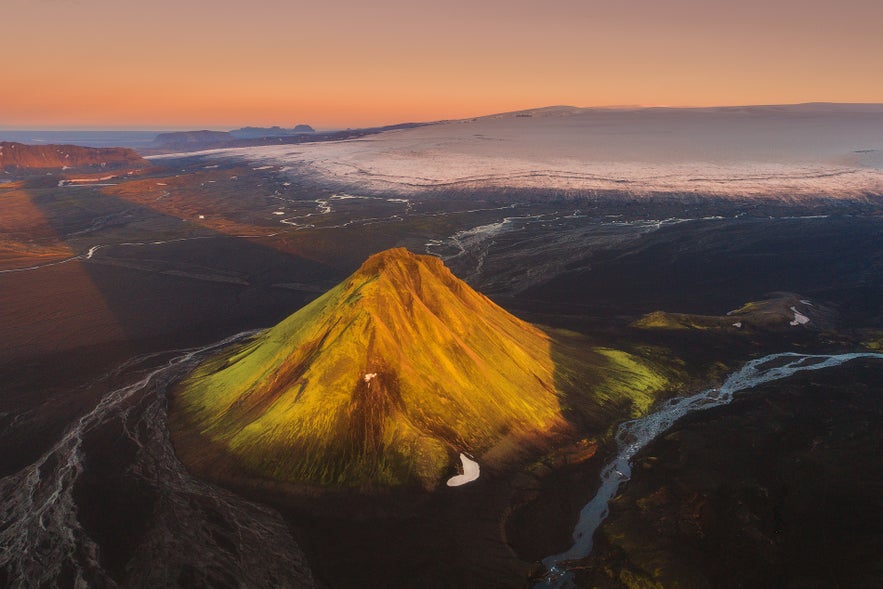 Simple ways to improve as a drone pilot. Photo by: 'Iurie Belegurschi'.
Simple ways to improve as a drone pilot. Photo by: 'Iurie Belegurschi'.
Learn from the best
The first and most obvious way to become a better pilot is to learn from the best.
That means searching around for inspiration, gaining insights from industry leaders and applying their methods and techniques to your missions.
That can be as simple as watching online tutorials or reading through guides like this one. But it’s also about exploring the community of drone pilots and aerial photography professionals and seeing what others are achieving with the technology.
There are a bunch of social media platforms with a huge drone presence, from Instagram and Youtube to Dronestagram, a network solely for aerial photographers. A quick browse through these and you’ll find tips on pre-flight camera settings, creative techniques and much more.
So have a look around, see what you can pick up and apply that inspiration to your own drone flights!
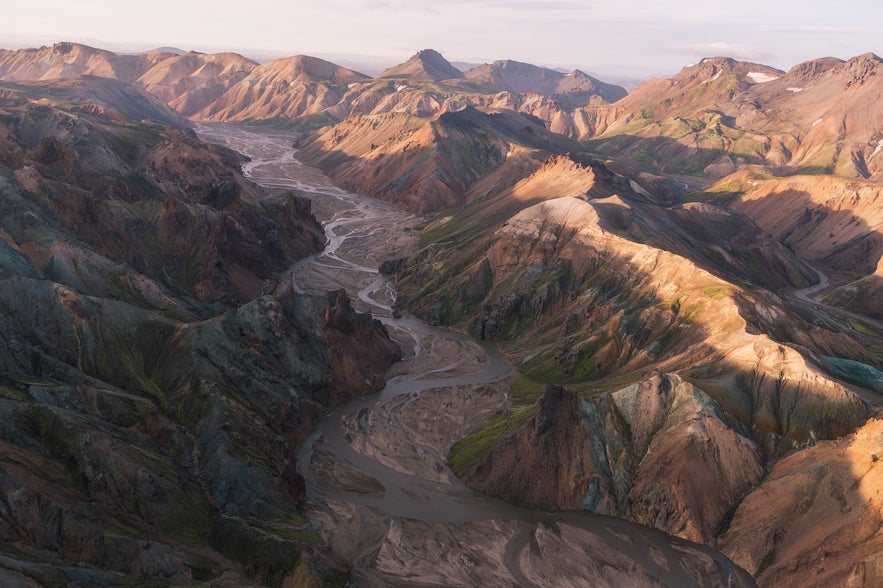 Take inspiration from the best. Photo by: 'Iurie Belegurschi'.
Take inspiration from the best. Photo by: 'Iurie Belegurschi'.
Practice
Just like with any skill or profession, practice makes perfect.
To reach your full potential as a drone pilot you need to put the hours in. It’s like riding a bike or playing a computer game: You want to get to the point where the small changes that make a big difference become second nature and automatic.
This goes for every stage, from flight planning to being behind the controls to being behind the laptop in post-production.
Drone photography is fun and rewarding whether you are a beginner or experienced. But putting in the time and effort to improve takes things to the next level.
Not sure how to practice? Find somewhere quiet and open to fly where you can try different manoeuvres and get comfortable behind the controls. There are also a number of simulators out there, so you can practice from the comfort of your couch.
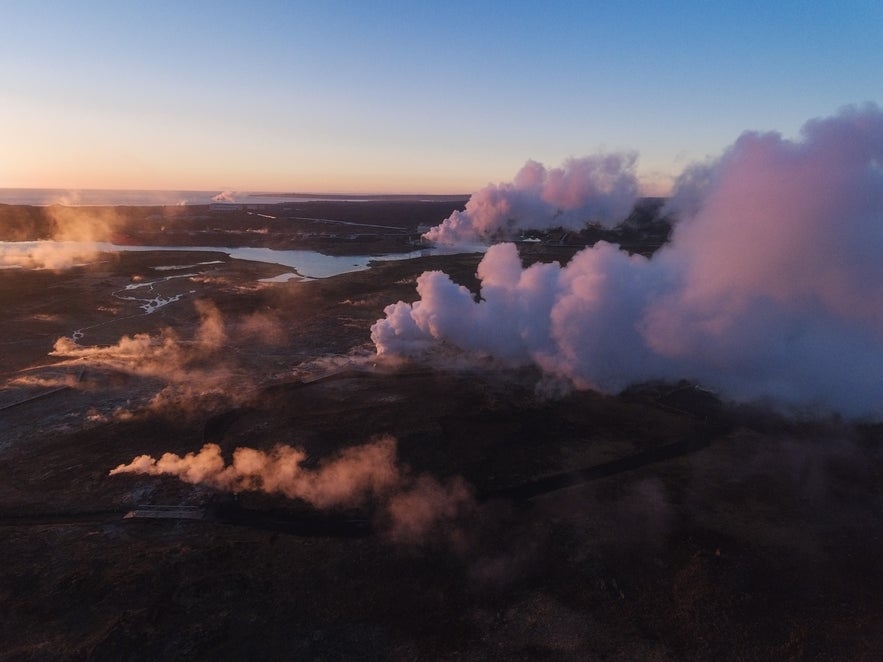 Practice makes perfect. Photo by: 'Iurie Belegurschi'.
Practice makes perfect. Photo by: 'Iurie Belegurschi'.
Get your education
The rules and regulations around flying your drone are moving forward in every country and continent. In many destinations you can fly for fun without a license as long as you obey conditions relating to altitude, not flying over people, always keeping your drone in sight and common-sense things like that.
But in some countries, such as the UK and the US, aviation authorities are bringing in mandatory safety tests and registration for all drone pilots. It’s likely that other countries will follow suit and that doing your homework and passing an exam will become a required part of being a drone pilot.
So your best bet is to get ahead of the curve. These safety tests will probably be fairly basic in nature, but you’ll still need to learn about the local rules and regulations and, just as importantly, standard airspace safety regulations.
There are plenty of courses and educational material out there. Take a look, get your education sorted and become a safer, more rounded drone pilot.
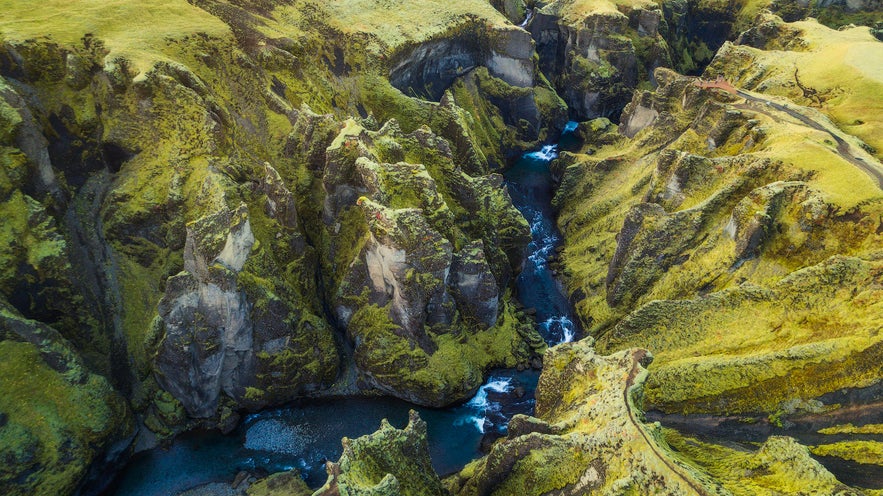 Take a drone course to improve your knowledge. Photo by: 'Iurie Belegurschi'.
Take a drone course to improve your knowledge. Photo by: 'Iurie Belegurschi'.
- See also: Private Multi Day Tours
Master your camera settings
Just like any other type of photography, the key to getting great results from above lies in your preparation.
With drones that process involves a lot of things, from flight planning to checking the conditions are right for the shots you want. But the most important element of preparation is sorting out your camera settings before takeoff.
You might want to use ND filters to help you adapt to challenging light conditions, or shoot in a certain colour profile to make post-production easier. And then just like with a DSLR on the ground, you can manually go through your aperture, ISO, shutter speed and more.
There’s lots to get your head around, particularly if you’re not that experienced with photography in general.
So learn to navigate all of the different menus and practice adjusting to different conditions on the fly. You’ll be creating compositions you can be proud of in no time.
Those are just a few ways you can become a better drone pilot. As you can see, there’s no quick fix. Just like any other hobby, it’ll take time and patience.
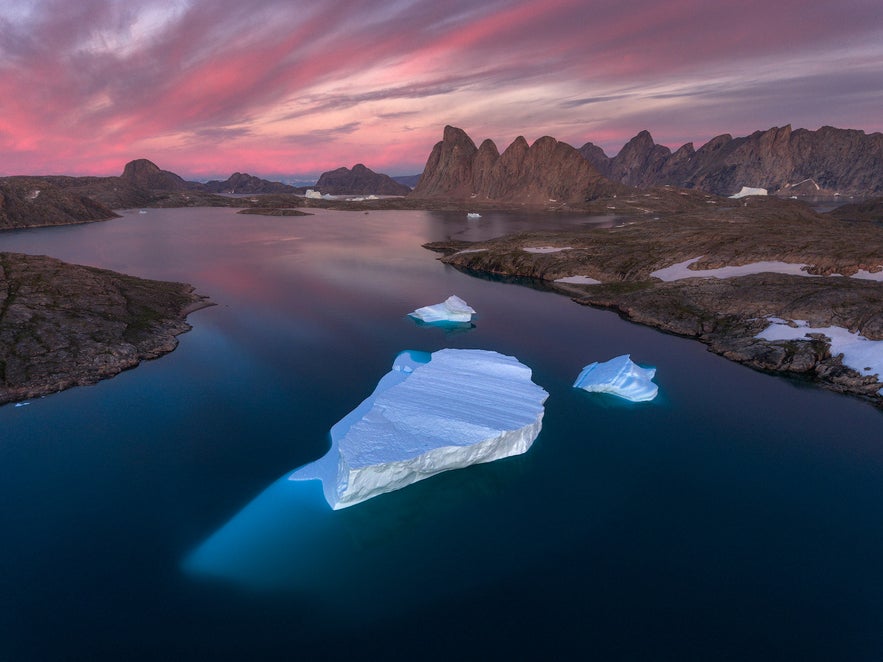 Knowing your settings can help you to achieve successful drone photos. Photo by: 'Iurie Belegurschi'.
Knowing your settings can help you to achieve successful drone photos. Photo by: 'Iurie Belegurschi'.
Classic Mistakes Every New Drone Pilot Makes
When you start any new hobby, you’re bound to make a few classic mistakes in the early days. Aerial photography and drone flying in general are no different.
Here are a few classics to avoid if you’re new to droning.
Flying indoors, straight out of the box
Trust us. There is nothing. Nothing. Nothing more agonising than spending a small fortune on a new drone only to crash it on the first flight.
You’d be surprised how many new pilots wreck their gear within minutes of it arriving. Don’t believe us? Go on YouTube and look through all the tragic unboxing / indoor flight / drone crashes into the Christmas tree videos.
So, as tempting as it might be, make sure your first flight is a cautious one. You shouldn’t really be flying inside even as an experienced pilot.
Most drones rely on GPS for stability, as well as downward facing sensors which are easily thrown by the poor lighting and uniform textures of floors and carpets. Unfamiliar with the controls, flying for the first time and taking off in an environment with little room to manoeuvre and lots of obstacles? It’s a recipe for disaster.
Make sure your first flight out of the box is outdoors, in a big, wide open space where there’s plenty of room for error.
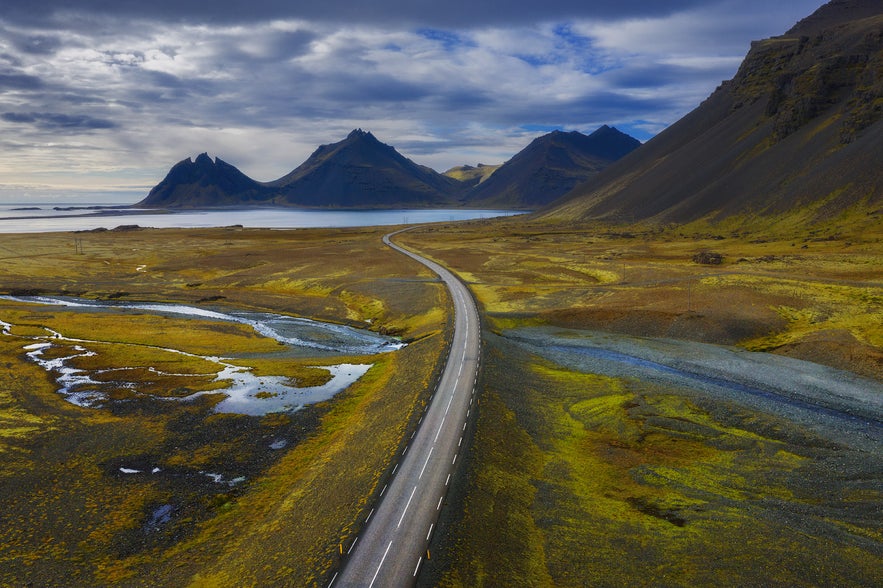 Fly in wide spaces. Photo by: 'Iurie Belegurschi'.
Fly in wide spaces. Photo by: 'Iurie Belegurschi'.
Crashing while flying backwards
Accidents happen when flying your drone. It’s not inevitable of course, but there’s always a risk. Your job as a pilot is to do everything you can to reduce that risk.
One of the most common types of drone crash happens while you’re flying backwards. This is for two reasons.
First up, the majority of drones have forward-facing obstacle avoidance but nothing to cover your behind. That means all it takes is a loss of concentration for a collision to happen.
Most pilots are concentrating on the monitor while flying, which shows the live feed from the drone’s front-facing camera. The issue is that when you’re flying backwards, you can only see the live feed of what’s in front of you. Unless you are looking at the drone rather than the video feed, there’s a big risk of flying backwards into something.
This happens a lot because of how great sweeping, reverse shots look on film. So remember, flying backwards is fine - just look where you’re going!
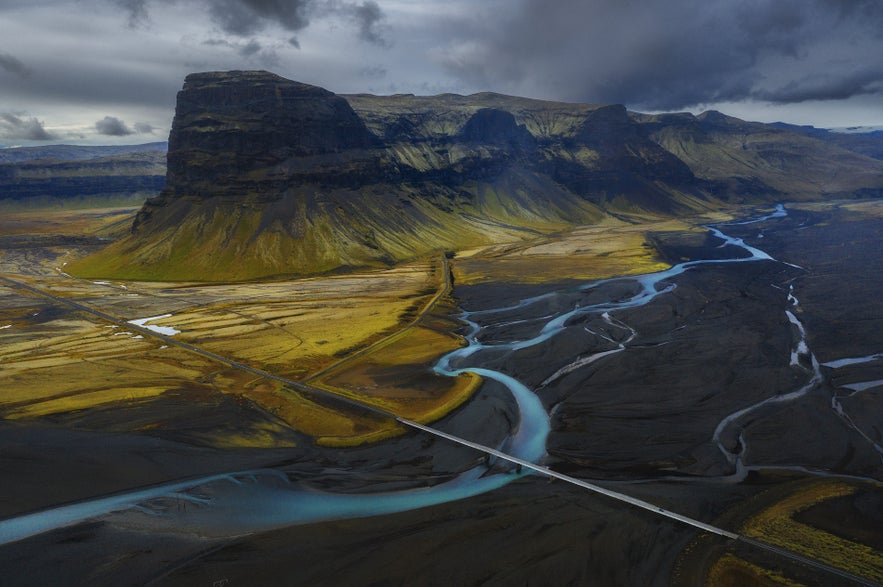 Make sure not to crash while flying backwards. Photo by: 'Iurie Belegurschi'.
Make sure not to crash while flying backwards. Photo by: 'Iurie Belegurschi'.
Not carrying spare batteries
One element of aerial photography that’s unique is the sense that every shoot is a race against the clock.
Unless you have spare batteries or the equipment to charge up in the field, every second you spend in the air is a second closer to losing power completely.
That puts a lot of pressure on your shots and also means that when that perfect, unexpected location comes along on your travels, you might not have any juice left to film it.
So what can you do? The best solution is to fly as efficiently as you can. Plan flights and sort out camera settings ahead of time so you don’t waste battery just hovering in place.
The second best solution is to invest in as many spare batteries as you can. They are often expensive, but it’s well worth it. Particularly if you’re going to be on the road for a long period and due to make stops along the way.
The more spare batteries you have, the more chances you give yourself to get that perfect shot.
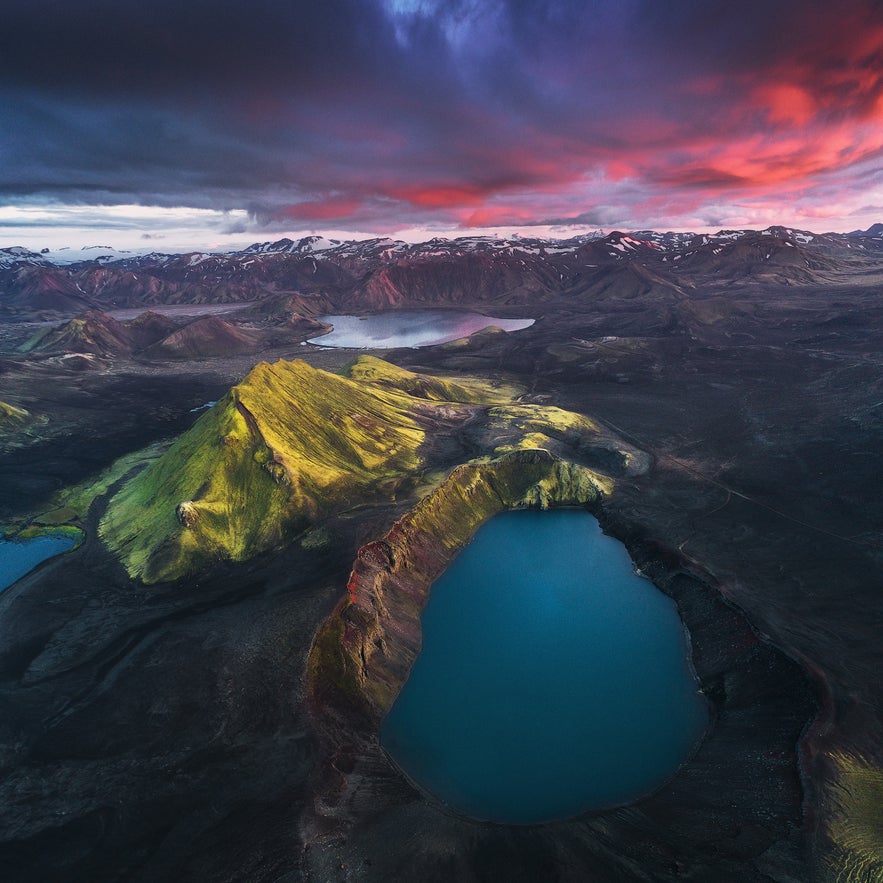 Always have spare batteries on hand. Photo by: 'Iurie Belegurschi'.
Always have spare batteries on hand. Photo by: 'Iurie Belegurschi'.
- See also: Camera & Gear Reviews
Not doing updates
Have you ever needed to make a call or send an email, only to find your phone/laptop 1% of the way through an unexpected update?
That feeling is 10 times worse when it’s your drone that’s being grounded by incoming updates. These firmware upgrades are essential of course, as manufacturers continue to patch drones and your software to keep you flying safe and introduce new features.
But that doesn’t mean they aren’t annoying or time-consuming. Some updates to your drone will go that extra step, rendering you unable to fly until they are completed.
Trust us: you don’t want to find out about this when you’ve just unpacked your drone for a shoot on location and you have a 10 minute window to get your shot.
A simple solution is to check for updates ahead of time - ideally the night before. Often these can take a long time, require a lot of data to be downloaded and use up plenty of battery to get them installed. So be prepared and don’t get caught by surprise.
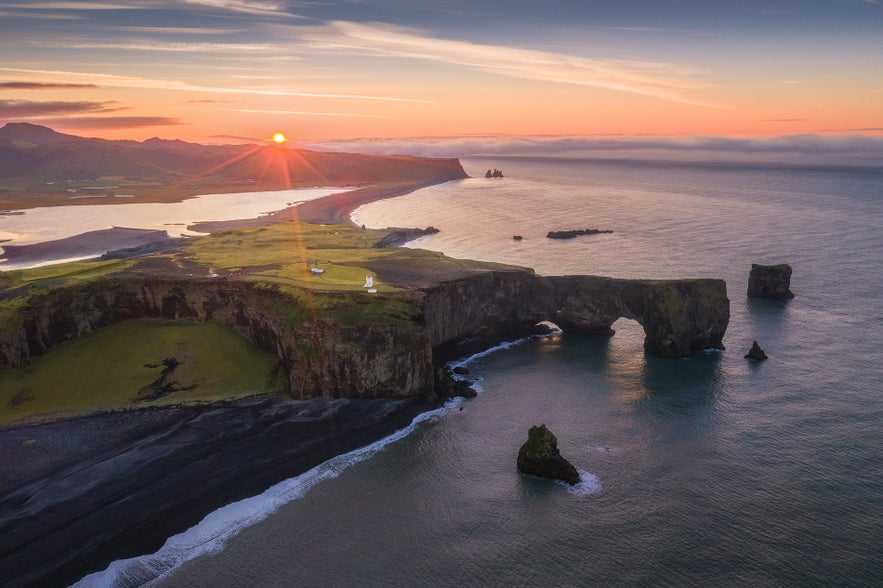 Update your drone before you fly. Photo by: 'Iurie Belegurschi'.
Update your drone before you fly. Photo by: 'Iurie Belegurschi'.
Breaking the rules
If you think running out of battery or crashing your drone while travelling is inconvenient, just imagine how bad it would be to get arrested, fined and have your equipment confiscated.
This is the risk you run if you turn up to a destination and break the local regulations, willingly or by accident.
The best way to avoid getting into trouble with your drone while travelling is to look up the regulations of your destination beforehand. There are bound to be rules in place stating where, when and how you can fly.
Don’t be surprised if many of the country’s most popular destinations are off limits to drones. You may need to apply for special permits to fly in national parks, for example.
If you are unsure while on your adventures, always fall back on your common sense. Avoid flying over people, near buildings and above the property of others. Save yourself a lot of hassle by thinking before you fly.
Those are all of our classic mistakes made by new drone pilots. Avoid them all and you’ll be off to a flying start!
About the author: Malek Murison is a tech journalist based in London. You can find more of his work on his website or by following him on Twitter.
Practice flying your drone while capturing the breathtaking sights of Iceland from the air! Join one of our drone-friendly photography workshops and tours today.

